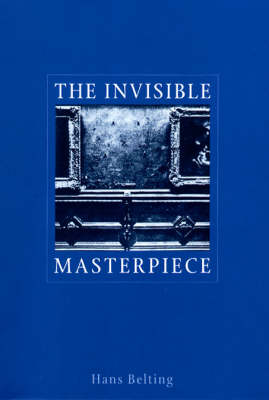The "invisible masterpiece" is an unattainable ideal, a work of art into which a dream of absolute art is incorporated but can never be realized. Using this metaphor borrowed from Balzac, Hans Belting explores the history of "the masterpiece" and how its status and meaning have been elevated and denigrated since the early 19th century. Before 1800, works of art were either imitative (portraits and landscapes) or narrative (history painting). But under the influence of Romantic modernity, the physical object - a painted canvas, for example, or a sculpture -came to be seen as visible testimony of the artist's attempt to achieve absolute or ultimate art; in short, the impossible. This revolution in interpretation coincided with the establishment of the first public art museums, in which classical and Renaissance works were presented as the "real" masterpieces, timeless art of such quality that no modern artist could possibly hope to achieve. The Mona Lisa and other celebrated paintings preoccupied artists who felt burdened by this cult of the masterpiece as it came to be insitutionalized.
Belting explores and explains how 20th-century artists, following Duchamp, struggled with their personal dreams of absolute art. It was not until the 1960s that artists, such as Warhol, finally began to reject the idea of the individual, totemic work of art and its permanent exhibition, as well as the related concept of the "masterpiece" and the outmoded art market that fed off it.
- ISBN10 0226042650
- ISBN13 9780226042657
- Publish Date 1 September 2001 (first published 1 January 2001)
- Publish Status Out of Stock
- Out of Print 4 December 2011
- Publish Country US
- Imprint University of Chicago Press
- Edition 2nd ed.
- Format Hardcover
- Pages 384
- Language English
